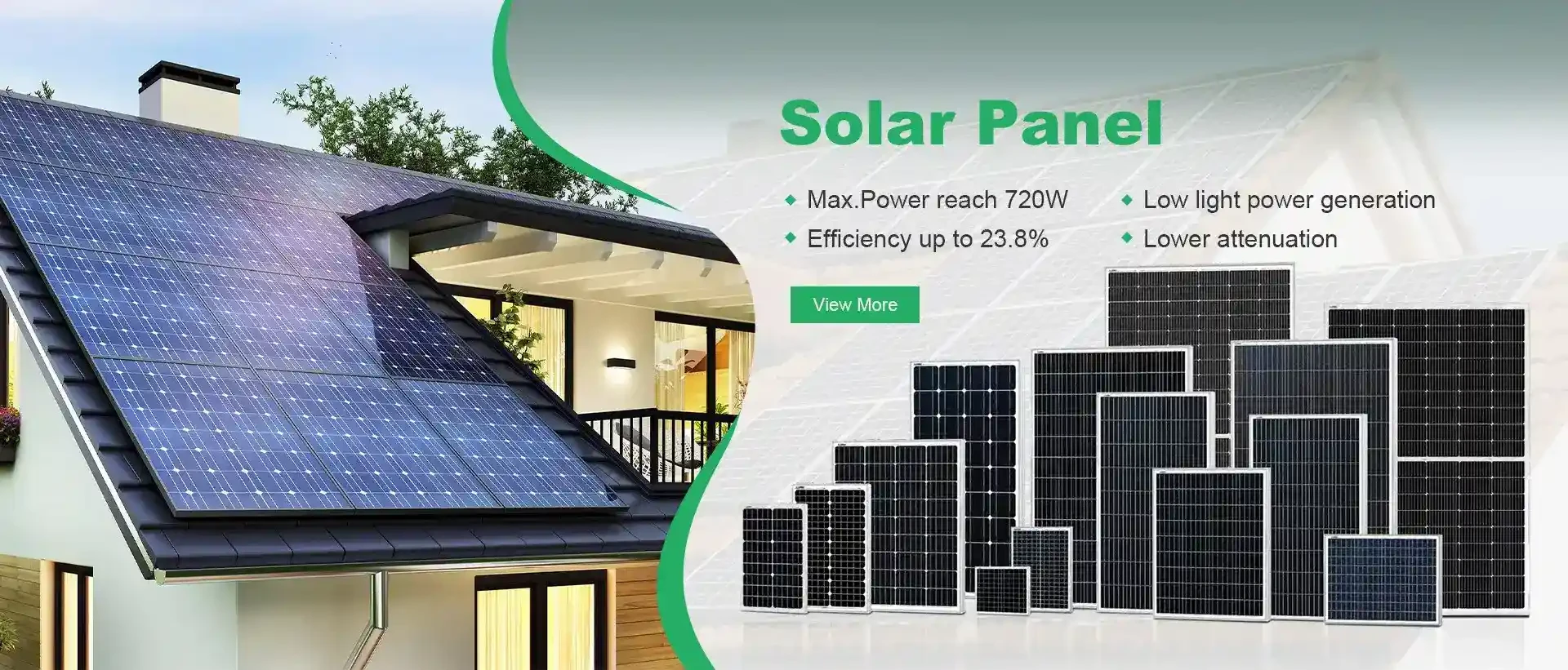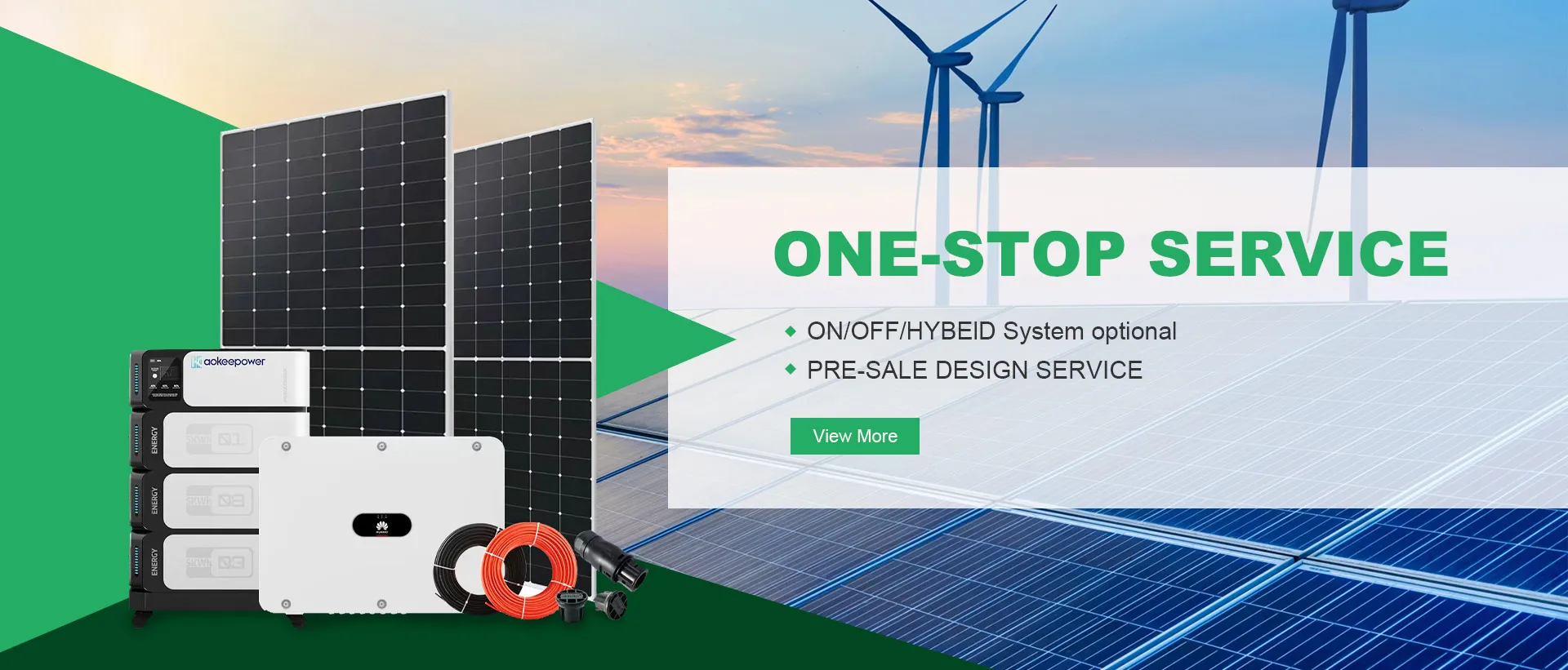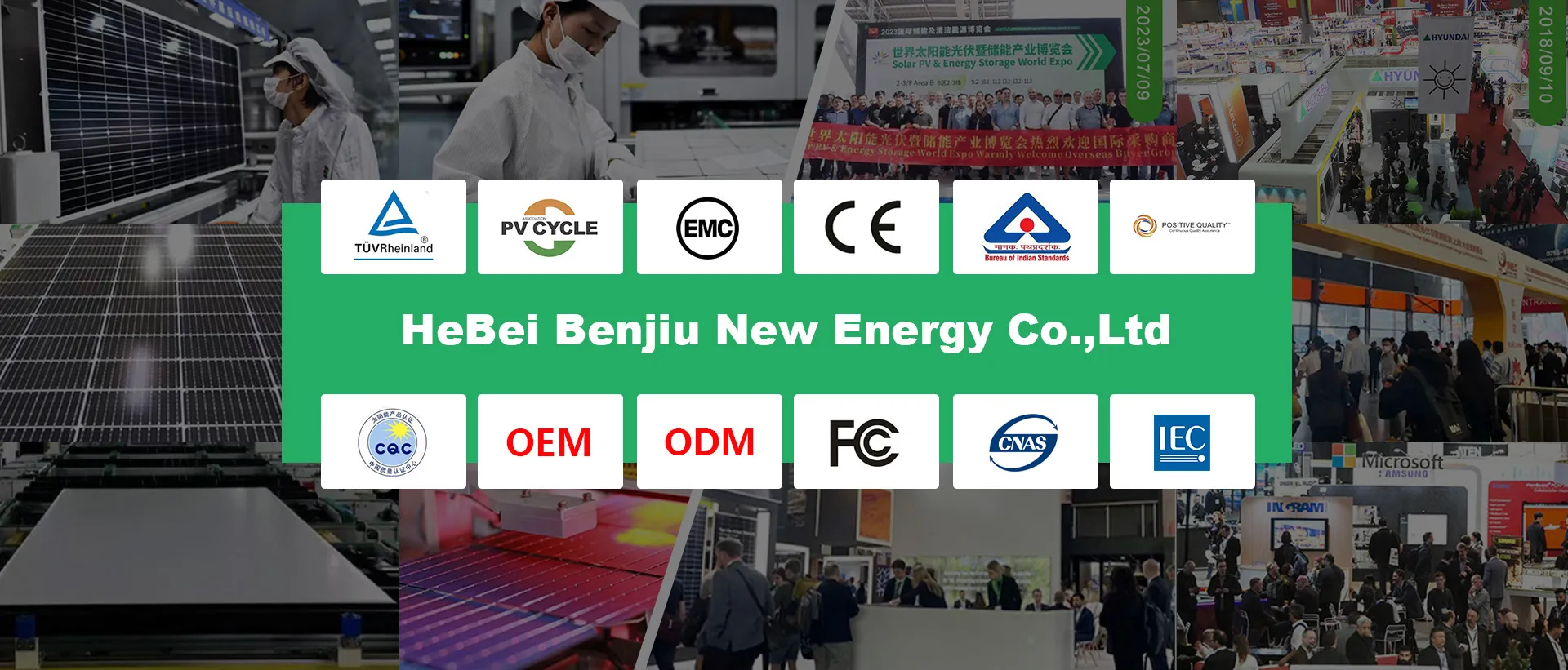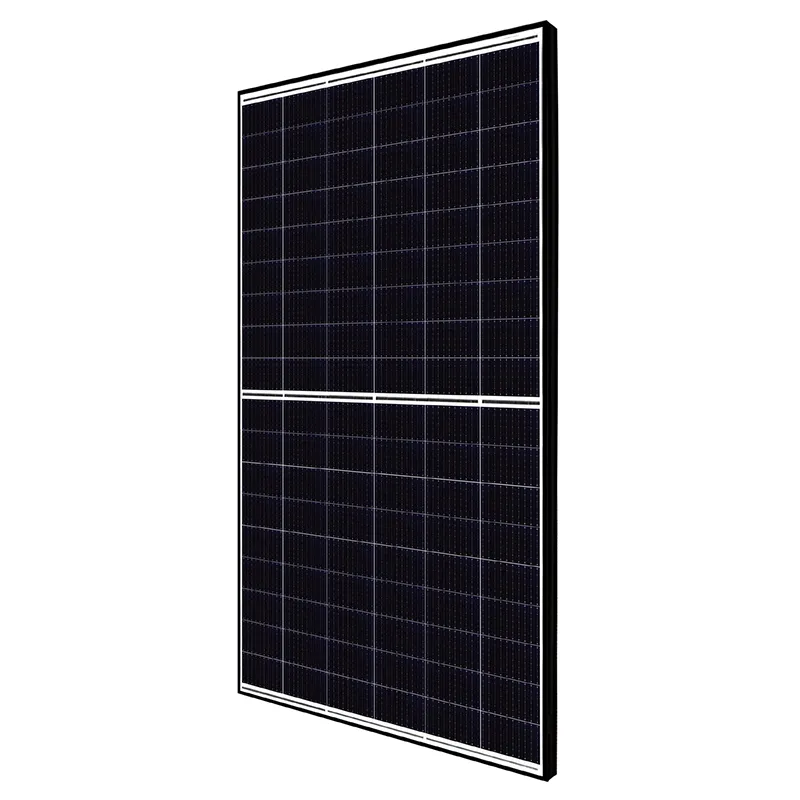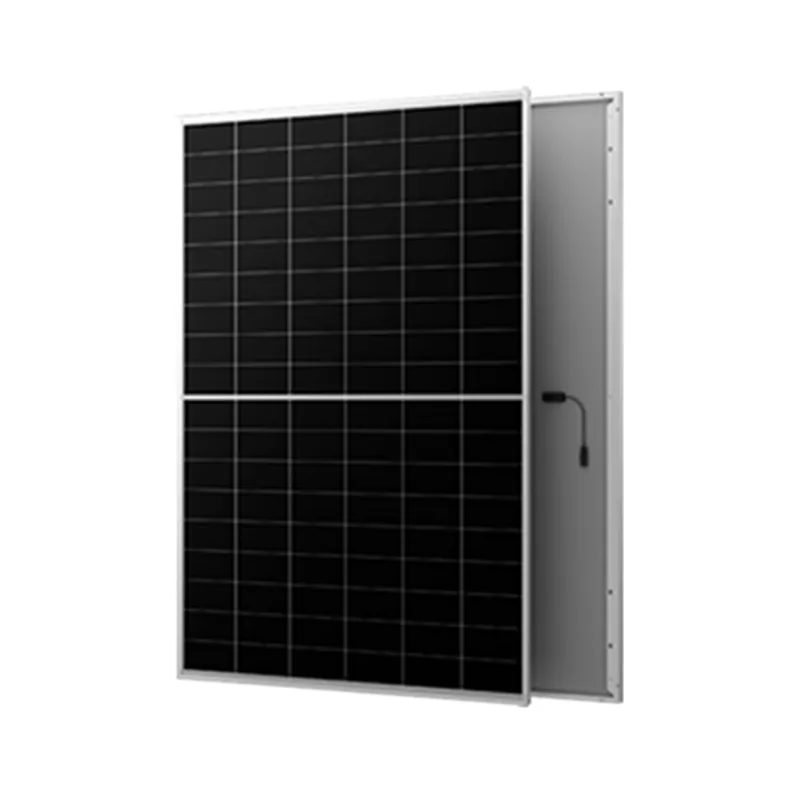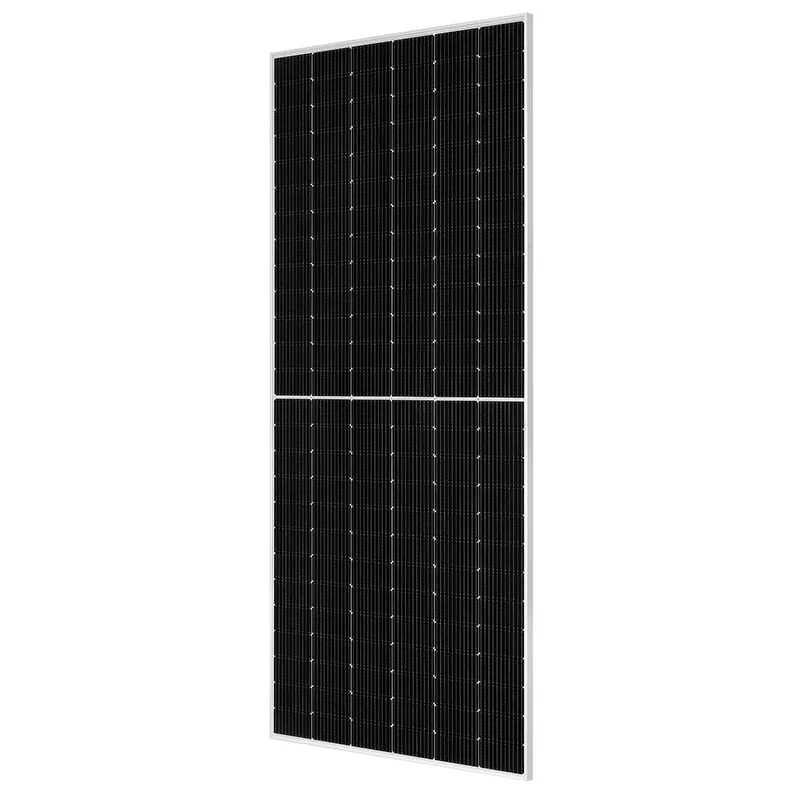A regular solar panel typically has an efficiency ranging from 15% to 20%, meaning it can convert 15% to 20% of the sunlight it receives into electricity. This efficiency can be influenced by various factors such as the quality of the solar cells, the angle and orientation of the panels, and environmental conditions. Advances in solar technology continue to improve the efficiency of regular solar panels, with some high-end panels reaching efficiencies of over 20%. However, it's important to note that the actual energy production of a solar panel also depends on factors such as sunlight intensity, duration, and shading. Overall, regular solar panels have proven to be a reliable and effective technology for generating clean and renewable electricity, contributing to the growing adoption of solar energy as a sustainable power source.
What Are Normal Solar Panels?
Normal solar panels, also known as monofacial solar panels, are the traditional type of solar panels that capture sunlight on only one side, typically the front side. These panels are made of layers of silicon cells that convert sunlight into electricity through the photovoltaic effect. The front side of the panel is designed to absorb sunlight, while the rear side is usually covered to prevent energy loss. Monofacial panels are the most commonly used solar technology and have been widely deployed for residential, commercial, and utility-scale solar installations. They are known for their reliability, cost-effectiveness, and proven performance in converting solar energy into electricity. While monofacial panels capture sunlight from one side, they remain a popular choice for many solar projects due to their established track record and consistent energy production.

